Solar Wall Lights vs. Traditional Lights–Which Is Better
As we navigate the ever-evolving scene of home illumination, the choice between solar wall lights and traditional lighting alternatives has become progressively noteworthy. This comprehensive article will dive into the world of solar outdoor wall lights, investigating their benefits, disadvantages, and how they stack up against customary lighting arrangements. By the conclusion of this article, you’ll have a clearer understanding of which choice might be the best fit for your outdoor lighting needs.
Illuminating the Basics: Understanding Solar Wall Lights
Solar wall lights, also known as solar outdoor wall lights, are innovative lighting solutions that harness the power of the sun to illuminate your outdoor spaces. These eco-friendly fixtures consist of several key components:
- Solar panels: These capture sunlight during the day and convert it into electrical energy.
- Rechargeable batteries: They store the converted energy for use when the sun goes down.
- LED bulbs: Energy-efficient light sources that provide illumination.
- Light sensors: These automatically activate the lights at dusk and turn them off at dawn.
- Motion sensors (in some models): They detect movement and increase light output when needed.
The appeal of solar wall lights lies in their capacity to give dependable brightening without the need for complex wiring or increased power costs. As innovation progresses, these lights have become more proficient, durable, and tastefully satisfying, making them a prevalent choice for mortgage holders looking to improve their outdoor spaces.

The Bright Side: Advantages of Solar Wall Lights
Solar wall lights offer a myriad of benefits that make them an attractive option for many homeowners. Let’s explore some of the key advantages:
Energy Efficiency and Cost Savings
One of the most compelling reasons to choose solar wall lights is their vitality proficiency. By harnessing the control of the sun, these lights work free of the electrical lattice, resulting in noteworthy vitality savings over time. This not only decreases your carbon footprint but also leads to lower power bills, making solar lights a cost-effective lighting arrangement in the long run.
Easy Installation and Maintenance
Not at all like traditional lighting systems that require complex wiring and proficient establishment, solar wall lights are astoundingly simple to set up. Most models can be introduced with basic apparatuses and minimal DIY skills, permitting homeowners to avoid the cost of enlisting an electrician. Furthermore, solar lights require little upkeep past incidental cleaning of the solar panels to guarantee ideal execution.
Environmentally Friendly
As we become increasingly aware of our impact on the environment, solar wall lights offer a green alternative to traditional lighting options. By utilizing renewable solar energy, these lights help reduce reliance on fossil fuels and lower greenhouse gas emissions. This makes solar outdoor wall lights an excellent choice for environmentally conscious homeowners.
Safety and Security
Many solar wall lights come equipped with motion sensors, which can enhance the security of your property. These sensors trigger brighter illumination when movement is detected, potentially deterring intruders and improving safety for residents and visitors. The automatic on/off feature also ensures that your outdoor areas are always well-lit during nighttime hours without the need for manual operation.
Aesthetic Appeal
Modern solar wall lights are designed with aesthetics in mind. Available in a wide range of styles, from contemporary to classical, these lights can enhance the visual appeal of your home’s exterior. Some models even feature color-changing LEDs or decorative elements, allowing you to create a unique ambiance in your outdoor spaces.
Shedding Light on the Challenges: Potential Drawbacks of Solar Wall Lights
While solar wall lights offer numerous advantages, it’s important to consider potential limitations:
Weather Dependency
The performance of solar wall lights is inherently tied to weather conditions. During extended periods of cloudy or rainy weather, the solar panels may not receive sufficient sunlight to fully charge the batteries. This can result in reduced light output or shorter operating times. However, many modern solar lights are designed with high-capacity batteries and efficient solar panels to mitigate this issue.
Initial Cost
While solar wall lights can lead to long-term savings, the upfront cost may be higher compared to some traditional lighting options. High-quality solar lights with durable construction and advanced features tend to be more expensive. However, it’s important to consider this cost in the context of long-term energy savings and reduced maintenance expenses.
Limited Brightness
Some solar wall lights may not provide the same level of brightness as their hardwired counterparts, especially in the case of budget models. However, advancements in LED technology and solar panel efficiency have significantly improved the light output of many solar fixtures. When selecting solar wall lights, it’s crucial to consider the lumens rating and compare it to your lighting needs.
Battery Lifespan
The rechargeable batteries used in solar wall lights have a finite lifespan and may need replacement after several years of use. While this represents an additional cost, many modern solar lights use long-lasting lithium-ion batteries that can operate efficiently for 5-7 years or more before requiring replacement.
Making the Choice: Factors to Consider
When deciding between solar wall lights and traditional lighting options, consider the following factors:
Location and Sunlight Exposure
Assess the amount of direct sunlight your intended installation area receives. Solar lights perform best in locations with ample sun exposure throughout the day.
Energy Costs and Environmental Impact
If reducing energy consumption and minimizing your carbon footprint are priorities, solar wall lights offer significant advantages.
Installation Complexity
Consider your comfort level with DIY installation. Solar lights typically offer easier setup compared to hardwired options that may require professional installation.
Lighting Needs
Evaluate your specific lighting requirements in terms of brightness, coverage area, and operating hours. This will help determine whether solar lights can adequately meet your needs.
Budget Considerations
Weigh the initial costs against long-term savings. While solar lights may have a higher upfront cost, they can lead to significant savings over time through reduced energy bills and maintenance costs.
Conclusion
The choice between solar wall lights and traditional lighting options ultimately depends on your specific needs, preferences, and circumstances. Solar outdoor wall lights offer an eco-friendly, cost-effective, and low-maintenance solution that can enhance the beauty and security of your outdoor spaces. While they may have some limitations, ongoing technological advancements continue to improve their performance and reliability.
If you’re interested in exploring high-quality solar wall lights and other innovative outdoor lighting solutions, we invite you to reach out to our team at BITPOTT. Our extensive range of solar products, including solar wall lights, spot lights, post cap lights, and more, are designed to meet diverse lighting needs while prioritizing energy efficiency and environmental sustainability. For more information or personalized recommendations, please contact us at info@forigat.com.
References
- U.S. Department of Energy. (2021). “Outdoor Lighting.” Energy Saver. https://www.energy.gov/energysaver/outdoor-lighting
- National Renewable Energy Laboratory. (2022). “Solar Photovoltaic Technology Basics.” https://www.nrel.gov/research/re-photovoltaics.html
- Environmental Protection Agency. (2021). “Greenhouse Gas Emissions from Electricity Production.” https://www.epa.gov/ghgemissions/sources-greenhouse-gas-emissions#electricity
- Lighting Research Center. (2020). “Outdoor Lighting: Visual Efficacy.” Rensselaer Polytechnic Institute. https://www.lrc.rpi.edu/programs/nlpip/lightinganswers/lightpollution/efficacy.asp
- American Lighting Association. (2022). “Outdoor Lighting Guide.” https://www.americanlightingassoc.com/lighting-fundamentals/outdoor-lighting

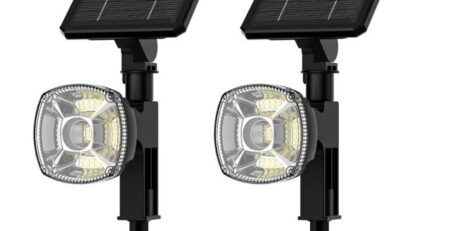
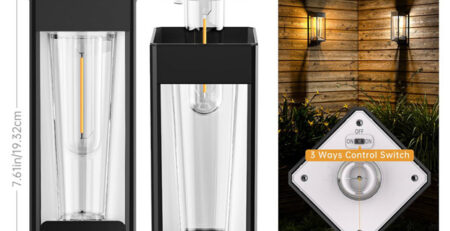
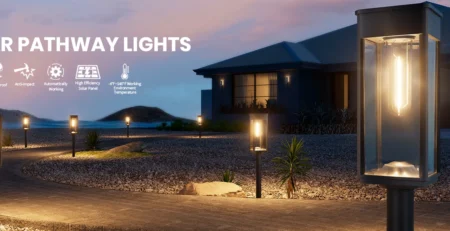

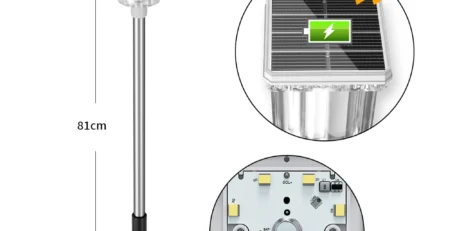
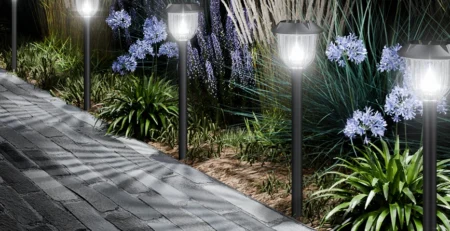

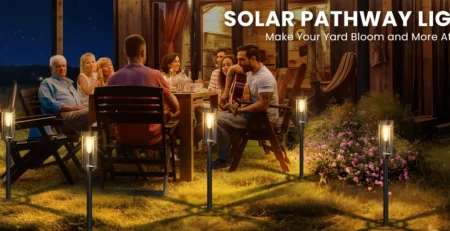
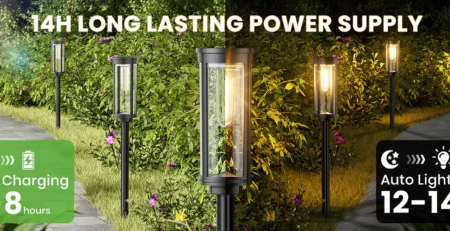

Leave a Reply